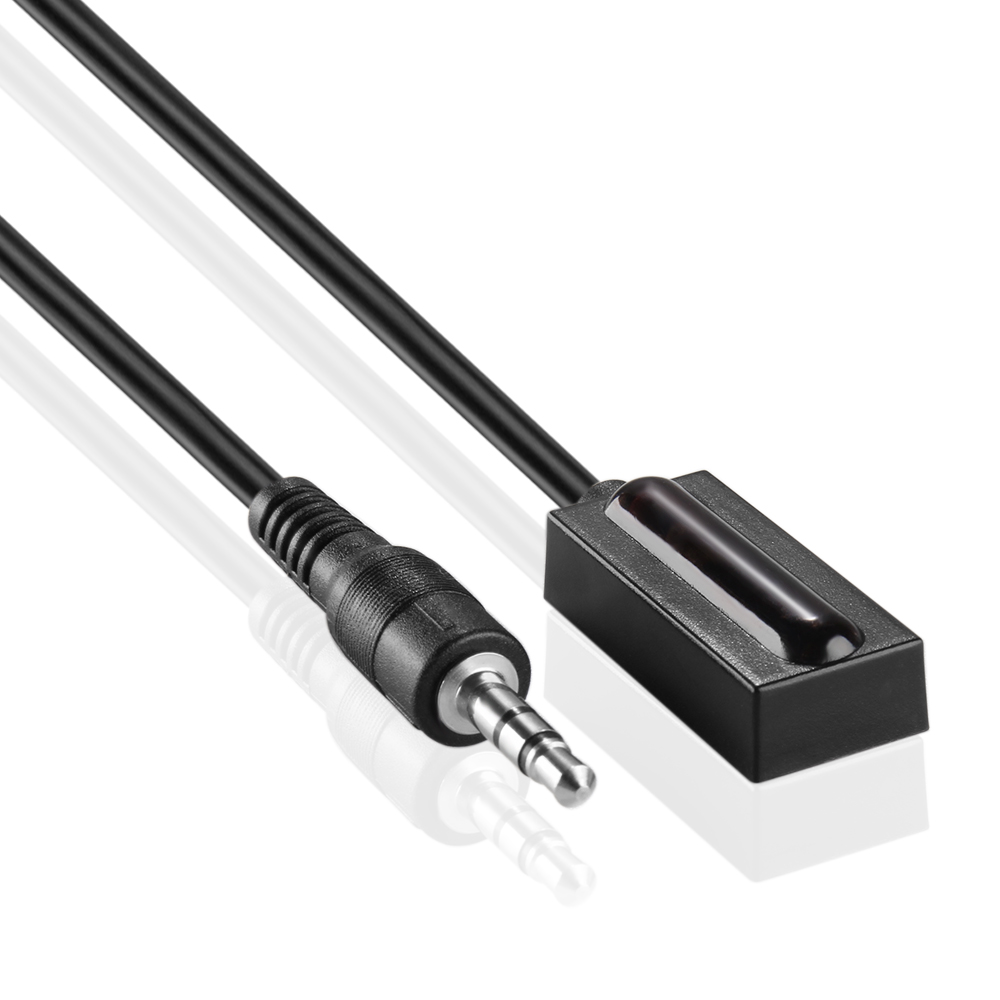

Most cable companies require a set-top box ( cable converter box) or a slot on one's TV set for conditional access module cards to view their cable channels, even on newer televisions with digital cable QAM tuners, because most digital cable channels are now encrypted, or "scrambled", to reduce cable service theft. All cable companies in the United States have switched to or are in the course of switching to digital cable television since it was first introduced in the late 1990s.

There are two standards for cable television older analog cable, and newer digital cable which can carry data signals used by digital television receivers such as high-definition television (HDTV) equipment. Multiple cables to different rooms are split off the incoming cable with a small device called a splitter. The cable company's portion of the wiring usually ends at a distribution box on the building exterior, and built-in cable wiring in the walls usually distributes the signal to jacks in different rooms to which televisions are connected. is RG-6, which has a 75 ohm impedance, and connects with a type F connector.
Cable stb install#
If the subscriber's building does not have a cable service drop, the cable company will install one. Coaxial cable brings the signal to the customer's building through a service drop, an overhead or underground cable. To receive cable television at a given location, cable distribution lines must be available on the local utility poles or underground utility lines.

Ī cable television distribution box ( left) in the basement of a building in Germany (Kabel BW network, now Vodafone), with a splitter ( right) which supplies the signal to separate cables which go to different rooms The number further increased to 62.4% in 1994. By 1988 52.8% of all households were using cable. In 1968 6.4% of Americans had cable television. The abbreviation "CATV" is used in the US for cable television and originally stood for Community Access Television or Community Antenna Television, from cable television's origins in 1948 in areas where over-the-air TV reception was limited by distance from transmitters or mountainous terrain, large "community antennas" were constructed, and cable was run from them to individual homes. Alternative terms include "non-broadcast channel" or "programming service", the latter being mainly used in legal contexts. When available through satellite television, including direct broadcast satellite providers such as DirecTV or Dish Network, as well as via IPTV providers such as Verizon FIOS and U-verse TV, this is referred to as a "satellite channel". Analog television was standard in the 20th century, but since the 2000s, cable systems have been upgraded to digital cable operation.Ī "cable channel" (sometimes known as a "cable network") is a television network available via cable television. FM radio programming, high-speed Internet, telephone services, and similar non-television services may also be provided through these cables. This contrasts with broadcast television (also known as terrestrial television), in which the television signal is transmitted over-the-air by radio waves and received by a television antenna attached to the television or satellite television, in which the television signal is transmitted over-the-air by radio waves from a communications satellite orbiting the Earth, and received by a satellite dish antenna on the roof.

Presented unit is a Cisco RNG200N for QAM digital cable television system used in North America.Ĭable television is a system of delivering television programming to consumers via radio frequency (RF) signals transmitted through coaxial cables, or in more recent systems, light pulses through fibre-optic cables. A set-top box, an electronic device which cable subscribers use to connect the cable signal to their television sets.


 0 kommentar(er)
0 kommentar(er)
